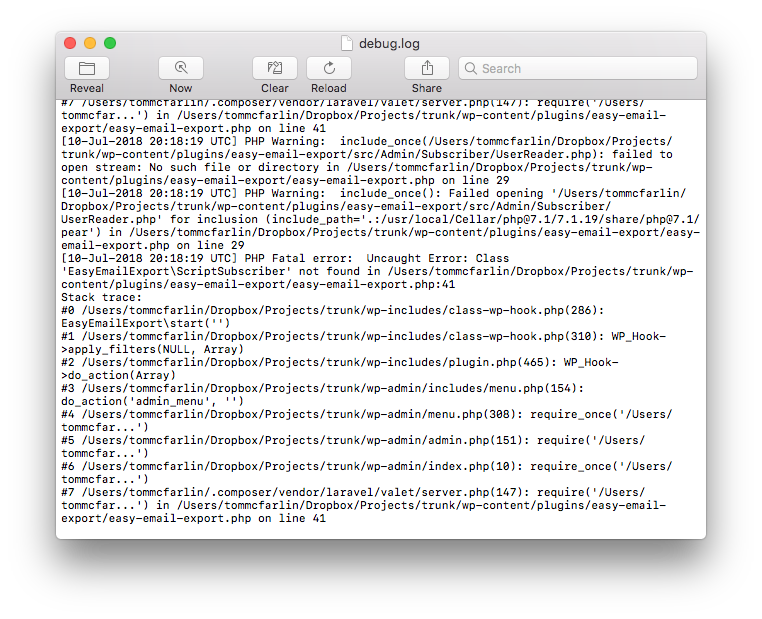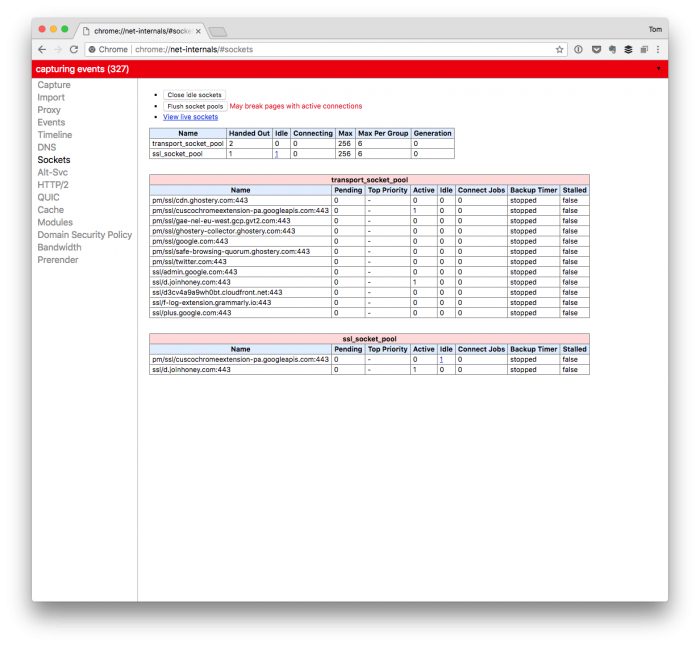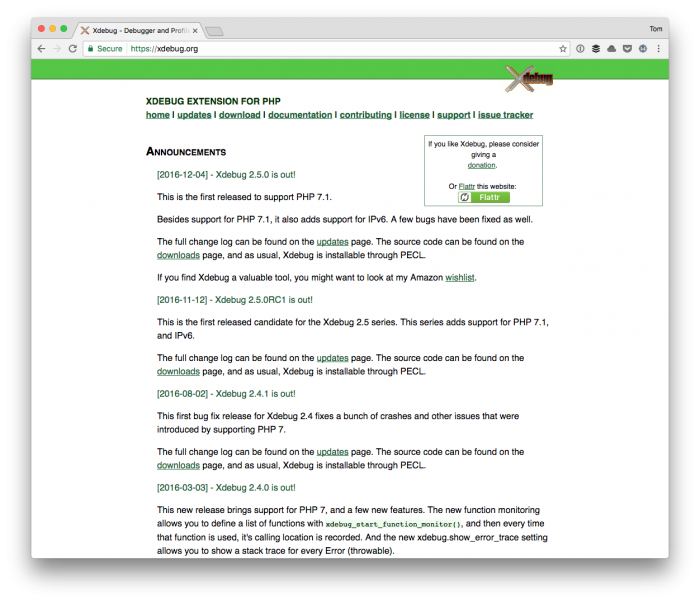Apparently, with the exception of my previous post, this is turning out to be my week to share things related to the second quarter of this year (the first being about taking some time off of social media).
Earlier this year, I talked a bit more about why I think it’s important for we, as developers who spend so much time at a desk, to focus on our health as well. Granted, this is has been compeltely focused on my own goals.
Specifically, I said:
The purpose of this post is to go a bit further into what my goals have been first the first quarter of the year, what I’m aiming to do in the second phase of the year, and some additional thoughts on the devices I’ve been using.
But this doesn’t mean it can’t translate into your own life in some capacity, right? I’m the last to say that “what works for me will work for you” because I think our body composition plays a massive role and we’re all different.
Anyway, if you’ve not read what I’ve written thus far, check out these posts first (if you have the time):
- Developer Fitness: Getting & Staying in Shape
- Developer Fitness: More Progress, My Devices, Apps, and What’s Next
- Developer Fitness in 2018: Quarter 1
Even though I’m a bit later than planning for writing my second quarter retrospective, here it is, nonetheless.




